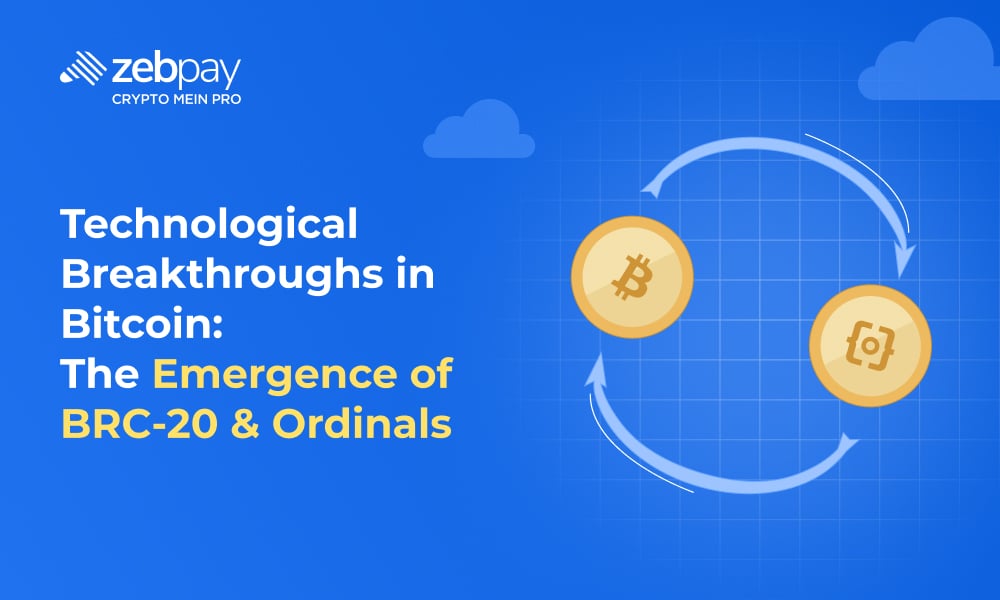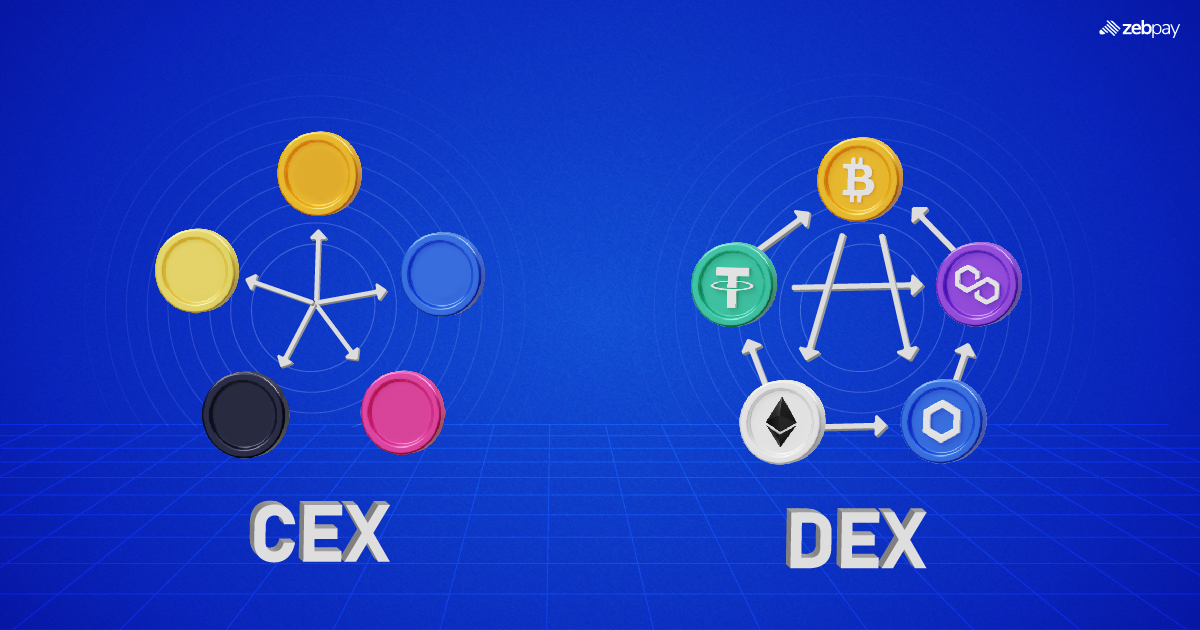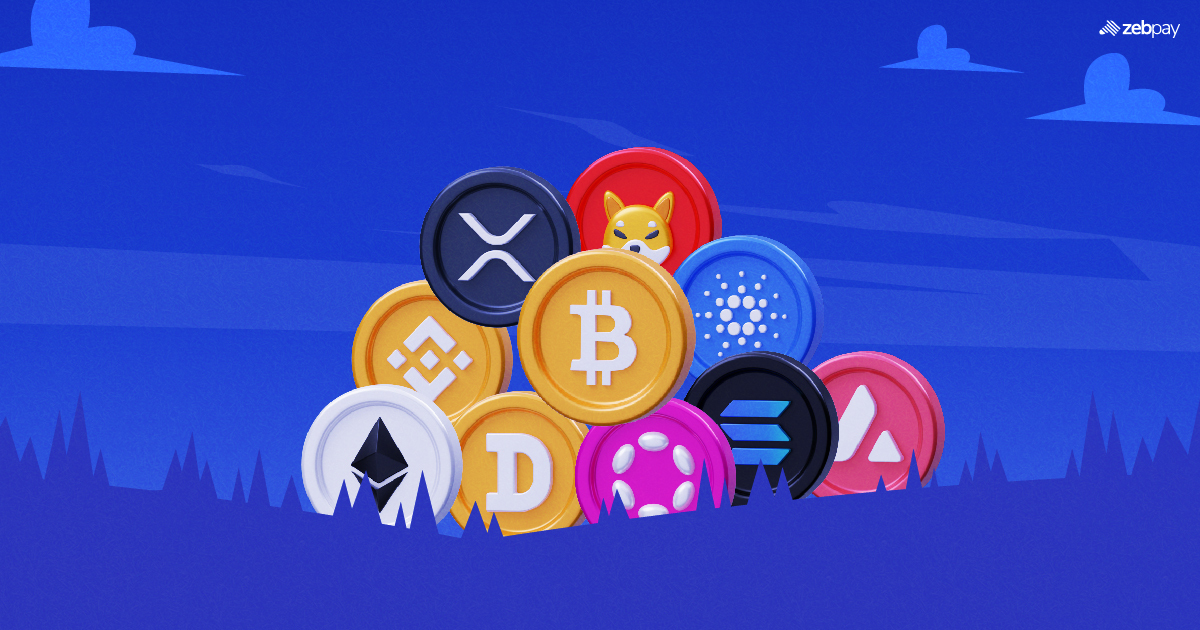Bitcoin (BTC), often hailed as the pioneer of decentralised digital assets, continues to evolve far beyond its initial use case as a peer-to-peer payment network. Recent innovations, such as the emergence of BRC-20 tokens and Ordinals, signal a transformative shift in how BTC’s blockchain can be utilised. These developments are unlocking new possibilities, enabling the creation of tokenized assets and enhancing the chain’s utility. By combining simplicity with innovation, BRC-20 introduces a lightweight, fungible token standard for BTC, while Ordinals add a layer of digital ownership and collectibility through on-chain inscriptions. Together, these advancements are reshaping the BTC ecosystem, fostering its relevance in a world increasingly captivated by tokenization and digital assets.
Overview of Bitcoin-based Technological Advancements
- Bitcoin’s Evolution Beyond Payments: Originally designed for decentralised transactions, BTC now supports diverse functionalities such as smart contracts and token creation.
- Emergence of Layer-2 Solutions: Lightning Network and others improve scalability and transaction speed.
- Introduction of BRC-20 Tokens: These bring fungibility to BTC’s ecosystem, enabling tokenized assets without smart contracts.
Read more: BRC-20 Tokens
- Rise of Ordinals Protocol: Allows for inscriptions on individual satoshis, enabling on-chain digital ownership akin to non-fungible tokens (NFTs).
- Growing Ecosystem: Over 10 million Ordinals inscriptions recorded by mid-2024, showcasing rapid adoption.
Understanding BRC-20 Tokens & Ordinals
Key Features of BRC-20 Tokens
| Aspect | Details |
| Standard | Fungible tokens created using Bitcoin’s Ordinals protocol |
| Implementation | Operates on JSON-based script deployments. |
| Complexity | Simpler than Ethereum’s ERC-20, avoids smart contracts. |
| Popularity | Reportedly, over 34,000 tokens launched as of November 2024. |
| Market Cap | Estimated to exceed $2 billion in the last year. |
Key Features of Ordinals
- Assigns individual satoshis unique metadata, such as art or text.
- Leverages SegWit and Taproot upgrades for efficient data storage.
- Popular among digital artists and collectors.
- Surged in activity, understood to have surpassed 500,000 daily inscriptions during peak periods.
- Sparks debate on blockchain bloat and decentralisation concerns.
Their Role in Enhancing Bitcoin Functionality
- Tokenization Capabilities: BRC-20 tokens enable token-based economics within the BTC blockchain.
- On-chain Innovation: Ordinals enable asset inscription without external tools or sidechains.
- Ecosystem Growth: Encourages developers to create applications for BTC beyond monetary use cases.
- Increased Miner Incentives: More transactions lead to higher miner fees, crucial as block rewards halve.
- Broader Appeal: Attracts NFT enthusiasts and developers from Ethereum and other ecosystems.
Potential Use Cases for BRC-20 & Ordinals
- Asset Tokenization: Creation of BTC-backed stablecoins, real-world asset representation, etc.
- Digital Collectibles: Unique inscriptions such as art, music, or games stored on BTC’s blockchain.
- Gaming Integrations: Ordinals as in-game items or assets in blockchain-based games.
- Decentralised Identity: Using Ordinals for verifiable credentials or digital IDs.
- Revenue Models: Monetisation through minting fees, royalties on inscriptions, or token distribution.
Read more: Bitcoin Ordinals
Challenges and Limitations
- Scalability Concerns: High transaction volume strains the network, increased fees and delays.
- Storage Issues: Inscriptions lead to larger blockchain sizes, affecting node operation costs.
- Interoperability: Limited compared to Ethereum or other blockchains optimised for tokenization.
- Regulatory Uncertainties: As tokenized assets grow, they may attract stricter government oversight.
- Community Debates: Purists argue these innovations deviate from BTC’s original purpose.
Impact on Bitcoin’s Market and Adoption
- Increased Transaction Volume: Bitcoin transactions surged by over 50% since Ordinals gained traction.
- Rising Miner Revenue: A significant uptick in miner fees during BRC-20 and Ordinals booms.
- Diversification of Use Cases: Enhances Bitcoin’s appeal as a platform, not just an asset.
- Market Confidence: Innovative uses bolster Bitcoin’s long-term relevance and valuation.
- Broader Demographic Reach: New functionalities attract users interested in NFTs, DeFi, and tokenized assets.
Read more: BRC Tokens to invest.
Conclusion
The rise of BRC-20 tokens and Ordinals marks a pivotal chapter in BTC’s history, transforming its blockchain from a monetary network into a robust platform for innovation. While challenges remain, these technologies underscore BTC’s adaptability, fostering new opportunities for users, developers, and investors. As adoption grows, these advancements reaffirm Bitcoin’s position not just as the original crypto asset but as a key driver of blockchain innovation.
Unravel everything that you need for your crypto journey via ZebPay blogs. Get started today and join 6 million+ registered users on ZebPay!







